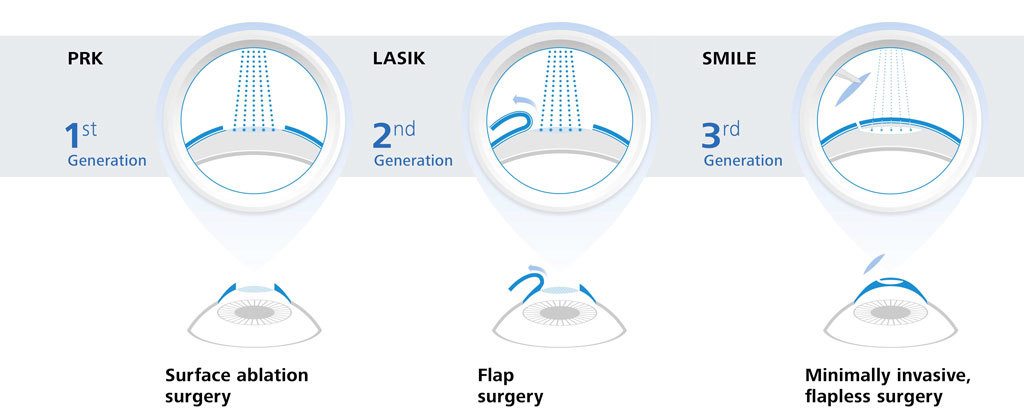Eager To Understand Refractive Lens Exchange? Explore Essential Insights And Services That Can Significantly Affect Your Vision Experience
Eager To Understand Refractive Lens Exchange? Explore Essential Insights And Services That Can Significantly Affect Your Vision Experience
Blog Article
Article By-Blanton Espinoza
If you're thinking about refractive lens exchange, you possibly have a great deal of questions. This treatment can alter how you see the world, using benefits like minimized reliance on glasses. However, it's important to recognize the process, dangers, and that qualifies as an excellent candidate. Let's check out these important aspects so you can make an enlightened choice about whether RLE is right for you.
What Is Refractive Lens Exchange and Exactly How Does It Work?
Refractive lens exchange (RLE) is an operation made to change your eye's natural lens with a man-made one, dealing with vision issues like nearsightedness, farsightedness, or presbyopia.
During the procedure, your surgeon makes a small cut in the eye, removes your natural lens, and inserts an intraocular lens (IOL) customized to your vision requires. This outpatient surgical treatment usually takes about 15 to half an hour per eye and is done under regional anesthetic.
You'll likely see enhancements in your vision almost right away, though complete recovery might take a couple of weeks. RLE is particularly useful for those over 40 or with high prescriptions, supplying a long-lasting remedy compared to glasses or get in touch with lenses.
Your eye care specialist can assist establish if RLE is right for you.
What Are the Perks and Risks of Refractive Lens Exchange?
Choosing refractive lens exchange can cause significant enhancements in your vision, yet it's important to evaluate both the advantages and dangers before choosing.
On the bonus side, this procedure can boost your sight by fixing issues like presbyopia, nearsightedness, and hyperopia. Numerous individuals delight in lowered dependancy on glasses or get in touch with lenses, which can considerably improve their quality of life.
However, it's vital to consider potential risks. https://chung-freida.technetbloggers.de/countless-individuals-are-curious-regarding-the-duration-of-lasik-results-and-the-possible-vision-modifications-that-may-occur-as-time-proceeds can consist of infection, glow, or halos around lights.
There's also a possibility of overcorrection or undercorrection, which might call for extra procedures.
Who Is an Ideal Prospect for Refractive Lens Exchange?
If you're thinking about refractive lens exchange, it is necessary to recognize whether you fit the profile of a suitable prospect. Normally, you may be a good prospect if you're over 40, experience presbyopia, or have high levels of nearsightedness or farsightedness.
It's also essential that your vision is secure, indicating your prescription hasn't altered considerably in the past year. If you have cataracts or various other eye problems, you could gain from this procedure as well.
Nonetheless, specific variables, like unrestrained diabetes or autoimmune illness, could invalidate you. To determine your candidacy, consult with an eye treatment expert who can examine your particular circumstance and advise the very best strategy tailored to your needs.
Final thought
In conclusion, refractive lens exchange can be a transformative alternative for improving your vision, especially if you're over 40 or have a high prescription. While the benefits are considerable, it's crucial to weigh the threats and seek advice from your eye care expert to establish if you're an excellent candidate. With the best information and advice, you can make an informed decision and possibly appreciate a life with reduced dependancy on glasses.
